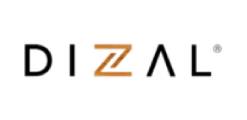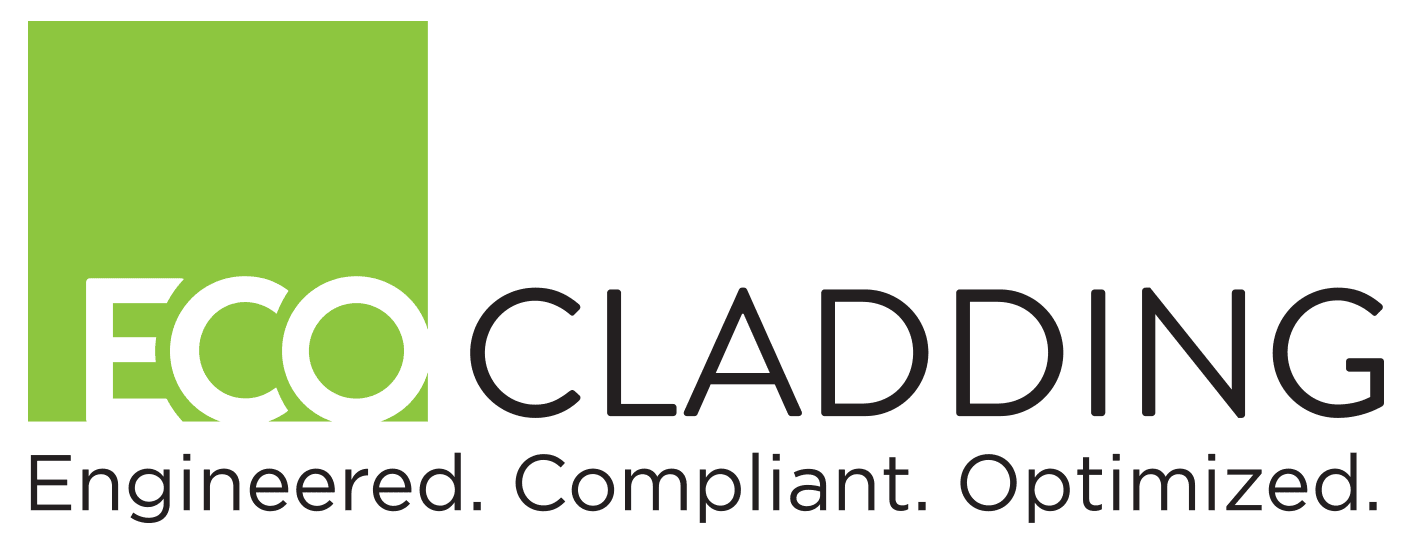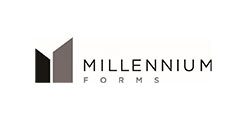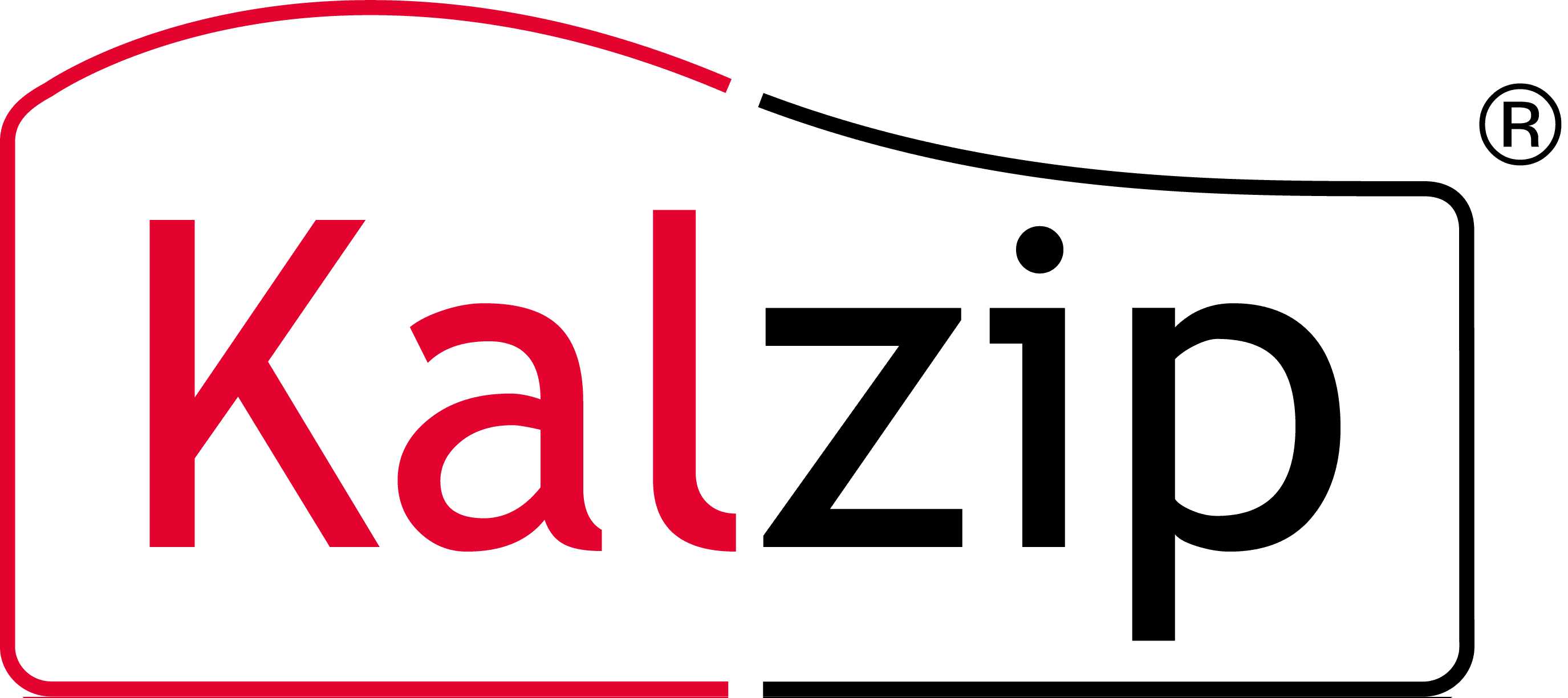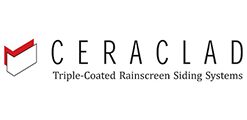The American Institute of Architects
Continuing Education Systems
AIA/CES Registered Provider Program Summaries
AEP is approved by IEMSI and AIA as certified face to face presenters, and we are eager to provide AIA credited Lunch & Learn and walk through presentations offered by the various manufacturers, we represent. Please contact us if you are interested in setting up a lunch & learn, and we will be glad to schedule a date that works with your calendar. These are the Continuing Education Programs available for your review:
Provider: Maibec #404108832
Program: Superior Finishes Using HD Printing Technology - And Their Impact on Sustainable Design
Length: 1 hour
Credits: 1 CEU hour
HSW/SD: HSW
Description: This course will introduce the learner to digital printing’s impact on the cladding industry. We will then review various methods of producing unique finishes on traditional, recyclable cladding materials and compare those options. Finally, we will review how using these types of materials can contribute to the overall sustainability of your projects.
Learning Objectives: After completion of this course, participants will be able to:
Provider: GammaStone
Provider #: 404109534
Program #: 2101
Program: Lightweight Panels for Ventilated Facades & Curtain Walls
Length: 1 hour
Credits: 1 learning unit
Description: Lightweight Panels for Ventilated Facades & Curtain Walls is designed to introduce attendees to the capabilities of incorporating lightweight panels into the design of buildings. It begins with an introduction into the benefits of a ventilated façade and then moves into discussing lightweight panel technology. Learning how one can design a building using materials such as natural stone, glass, brick and can overcome their design limitations.
Learning objectives: After completion of this course, participants will:
How Taught: The CES facilitator utilizes a PowerPoint presentation to provide an in-depth overview of lightweight panels and their capabilities in increasing design possibilities. It will be interactive. Feedback and questions are encouraged.
A/V Needs: If in person, electrical power, a projector, and a screen for the Power Point presentation. The CES facilitator will supply the laptop.
Target Audience: This program is suitable for architects, specifiers, structural engineers, general contractors, owners, and other design professionals.
Facilitator Qualifications: All GammaStone CES facilitators have been trained on CES guidelines and presentation skills. They have extensive experience in this topic and are considered industry experts.
Costs: There is no cost to bring this program into your firm or chapter meeting.
Provider: Cambridge Architectural, J845
Program #: CA0507
Program: Lunch & Learn: Architectural Mesh Systems – Design Freedom and Functionality
Length: 1 hour
Credits: 1 LU hour
HSW/SD: HSW/SD
Description: This course explores woven metal fabric – used historically as a utilitarian industrial product - as a new architectural material that provides valuable functionality in addition to stunningly unique aesthetics.
Learning Objectives: After completion of this course, participants will be able to:
Provider: Okalux North America
Program #: 300100C
Program: Optimizing Daylight with Dimensional Materials within Insulated Glass
Provider #: 40107852
Length: 1 hour
Credits: 1 learning unit
HSW/SD: HSW
Program Overview:This program addresses and describes various glazing options for maximizing daylight, controlling solar heat gain, maximizing visibility and view, minimizing reflections, controlling glare, and optimizing energy efficiency.
Learning objectives: At the end of this program the architects should be able to meet the following performance criteria:
Method of Delivery: In Person
Cost to participants: None
Facilitator Qualifications: Cori Izsak Gale, Okalux North America Manager, has extensive knowledge of the glass industry
Joe Polak, Okalux North America Representative, building envelope specialist
Presenter’s contact information:
Email: coriizsakgale@okaluxna.com : Mobile phone number: 914 999-0332
Email: joepolak@myproductrep.com: Mobile phone number: 817 600 2074
Provider: Cladding Corp
Course Number: 40400002
Provider Number: 404108179
Length: 1 hour
Credit: 1 LU|HSW
________________________________________________________________________________
About this Course:
What does an engineered solution look like within the context of a drained and back-ventilated rain- screen (DBVR) wall assembly? What are the benefits of a DBVR wall? What are some of the predomi- nant system design considerations that are essential in a properly designed DBVR rainscreen wall? This presentation will discuss a fully integrated approach to rainscreen walls that begins with the outer skin of the wall and ends with the inner waterproofing of the wall. The presentation will present some of the common issues and problems with improper rainscreen wall design and highlight the scientific prin- ciples and elements required to ensure a properly designed DBVR wall assembly. Those who participate in the program will gain a greater understanding of critical elements of designing a DBVR wall and gain experience the knowledge of how to address each element in a holistic and integrated way.
LEARNING OBJECTIVE 1: Understand the History and Evolution of Rainscreen Walls.
LEARNING OBJECTIVE 2: Describe the Layers of a Rainscreen Wall.
LEARNING OBJECTIVE 3: Identify Rainscreen Façade Materials
LEARNING OBJECTIVE 4: Analyze Predominant Design Considerations and Trends for a Drained and Back-Ventilated Rainscreen (DBVR) Wall Assembly
LEARNING OBJECTIVE 5: Determine the Engineering Requirements for Fire Safety and Thermal Performance of a DVBR
Provider: Eco Cladding
Course Number: ECO-Over01
Provider Number: 10094719
Program: Rainscreen Attachment Systems - Top 10 Checklist
Credit: 1 AIA CES LU/HSW
________________________________________________________________________________
About this Course:
Join our AIA CES course on rainscreen attachment systems to gain insights into their design and functionality. Learn about the 10 key items to consider when selecting the perfect rainscreen attachment system for your project.
Prerequisite Knowledge:
Prerequisites for this course include a general knowledge of the rainscreen approach to wall design and
a background as an architect or engineer. Ideal for design professionals aiming to properly evaluate and
implement best practices in rainscreen systems.
LEARNING OBJECTIVE 1: Explore how weather barrier and insulation materials integrate with rainscreen attachment systems to optimize wall and thermal performance.
LEARNING OBJECTIVE 2: Examine material properties and their impact on meeting NFPA 285 fire safety requirements, ensuring
your project adheres to crucial fire safety regulations.
LEARNING OBJECTIVE 3: Understand the importance of fixed and sliding points for attachment systems and discover ways to
streamline installation and maintain precise alignment.
LEARNING OBJECTIVE 4: Evaluate the material properties of rainscreen systems for their long-term impact, including durability
and sustainability, and discover the advantages of a fully engineered rainscreen system approach with these materials.
Email: info@omnisusa.com
Phone: 630-355-4040
Program: The Evolution of Wood Grains on Aluminum Extrusions
Credits: 1.0 AIA LU w/ HSW credits
________________________________________________________________________________
Course Description:
This course will follow the evolution of wood grain technologies on aluminum extrusions.
LEARNING OBJECTIVES:
1) Participants will understand the Versatility of features gained from aluminum-based wood options compared
to alternative types of wood-look materials.
2) Participants will learn how aluminum blends Efficiency with Sustainability.
3) Participants will learn the different finishing techniques and their Designability and Constructability.
4) Participants will understand the benefits that come with vertical integration and how this can be financially beneficial.
Provider: Millennium Forms #404108846
Program # AIAMF 1024
Program: Light Interference Color Stainless
Steel
Length: 1 hour
Credits: 1 Learning Unit
HSW/SD: HSW
________________________________________________________________________________
Description: This program will provide a
brief introduction to stainless steel and the
electrochemical coloring process of stainless
steel known as light interference color (LIC).
LEARNING OBJECTIVES: After completion of this course, participants will understand:
Provider: Kalzip Inc
Program #: AIAKAL 102A
Program: Specifying High-Performance Standing Seam Metal Roofing
Length: 1 hour
Credits: 1 learning unit
HSW/SD: HSW
Description: The seminar offers practical advice and guidance on the fundamentals of standing seam roofing and cladding. Tackling pertinent issues faced by specifiers and design teams the presentation focuses on key stages of the project, providing clear direction, both technically and commercially, through the various stages of specification, design, delivery, and installation.
Learning objectives: The seminar will give specifiers a blueprint to work from, enabling them to make more informed decisions about their roofing specification, by understanding the correct application of standing seam roofing products and systems. After completion of this course, attendees will have a more in-depth knowledge of the following areas:
Provider: OX Engineered Products
Program #: OXAIA401
Program: Rigid Insulation Product Knowledge and Uses
Length: 1 hour
Credits: 1 learning unit
HSW/SD: HSW
Description: This course will review an in-depth breakdown of the current uses of rigid insulation in the construction industry. The attendees will learn more about the differences of rigid insulation products and the recommended uses of each product type. Discussion points to include the changes of the current energy codes and the requirements for the use of continuous insulation in the majority of future projects. The participant will be able to better evaluate their current building assemblies and understand the requirements that are dictated by current codes.
Key Words: Building codes, Moisture management, Energy Conservation, Air Infiltration, Continuous Insulation, Rigid Insulation
HSW Topics Covered: Building systems, Construction Documents, Design, Environmental, Materials & Methods
Learning Objectives:
Topic Area: Codes and Standards
Course Format: Instructor-led face-to-face
Provider: OX Engineered Products
Program #: OXAIA201
Program: Continuous Insulation vs. Cavity Insulation
Length: 1 hour
Credits: 1 learning unit
HSW/SD: HSW
Description: This course will review an in-depth breakdown of the current uses of insulation in wall assemblies. The attendees will learn more about the differences in the use of cavity insulation versus the use of continuous insulation installed on the exterior of the building sheathing. Discussion points to include the changes of the current energy codes and the requirements for the use of continuous insulation in the majority of future projects. The participant will be able to better evaluate their current wall assemblies and understand the requirements that are dictated by current codes.
Key Words: Building codes, Moisture management, Energy Conservation, Air Infiltration, Continuous Insulation, Wall Assemblies
HSW Topics Covered: Building systems, Construction Documents, Design, Environmental, Materials & Methods
Learning Objectives:
Topic Area: Codes and Standards
Course Format: Instructor-led face-to-face
Provider: OX Engineered Products
Program #: OXAIA501
Program: Understanding Permeability in Products and Systems
Length: 1 hour
Credits: 1 learning unit
HSW/SD: HSW
Description: This course will review an in-depth breakdown of permeability standards for both products and systems.
The attendees will learn more about the multiple building products and how they perform in permeability standards. Discussion points to include the changes of the current energy codes and the requirements for the use of permeable and nonpermeable products. The participant will be able to better evaluate their current building assemblies and understand the requirements that are dictated by current codes.
Key Words:Building codes, Moisture management, Permeability, Vapor
HSW Topics Covered: Building systems, Construction Documents, Design, Environmental, Materials & Methods
Learning Objectives:
Topic Area: Codes and Standards
Course Format: Instructor-led face-to-face
Program Overview: Today, many new buildings must meet the ASHRAE 90.1 requirements for thermal performance. This is a tough objective since the documented proof is required. Effective R-values must be met, not just nominal values, which means that high conductivity materials that cause thermal bridges must be considered in the modeling and calculations. Often, meeting ASHRAE's challenging prescriptive compliance is not even enough; some designers look to walls to make up for thermal performance shortfalls from other parts of the building enclosure – such as high glazing area percentages. Many of today's conventional wall assemblies fall short of even basic compliance, causing larger, thicker, and more costly assemblies than ever before. Learn what current wall assemblies are getting closest to the target performance levels, what the code–prescribed targets are for your region, and what some innovative companies and designers are doing to solve this issue, both with conventional and proprietary approaches while saving cost at the same time.
Learning Objectives: In this course, you will:
AIA #: 38870771
Program #: PRUSACESAIA01 Program: Evolution of Engineered Stone Rainscreen Panels
Provider #: 404109088
Credits: 1 LUIHSW
________________________________________________________________________________
Description: This course will follow the evolution of the engineered stone rainscreen panel and investigate its impact on sustainable, versatile, and constructible design
LEARNING OBJECTIVES: After completion of this course, participants will understand:
How Taught: This course is taught by certified representatives, using PowerPoint, as a lunch and learn the course. The instructor will record attendance on AIA documents A/V Needs A PC laptop-compatible projector.
Target Audience: All levels of design and project architects, specifiers, interior designers, owners, and other design professionals. The ideal audience size can be 10-40 people.
Facilitator Qualifications: All Architectural sales representatives have undergone extensive training in the design and installation of the various architectural products and systems.
Costs: The course is free of charge.
Expiration Date: This course is available for AIA/CES credit
Provider: Fundermax
Program #: FMX2020HPL+
Program: Mounting Methods for High Pressure Compact Laminate Facades
Length: 1 hour
Credits: 1 learning unit
HSW/SD: HSW
Description: This course is designed to educate architects and designers about the mounting system options and material choices for High Pressure Compact Laminate Facades. We will learn what HPL compact is and the benefits of using this material in façade construction, as well as the components needed, and the different mounting methods used to construct rainscreen façades. We will also cover the basics of code compliance in relation to HPL compact assemblies. This program will educate on
Learning objectives: After completion of this course, participants will be able to:
For more information, contact:
Joseph Polak CSI
Architectural Engineered products
3524 Foot Hills Drive
Weatherford, TX 76087
(817) 600-2074
Additional Programs
GreenCE is an online resource for design professionals who want to learn more about sustainable design, conservation, and LEED related topics. Our mission is to educate design professionals about environmental benefits, health benefits, and economic benefits when designing a structure. All courses on this website qualify for AIA's new SD credit. You will receive 1 AIA/HSW/SD LU.
www.greence.com



